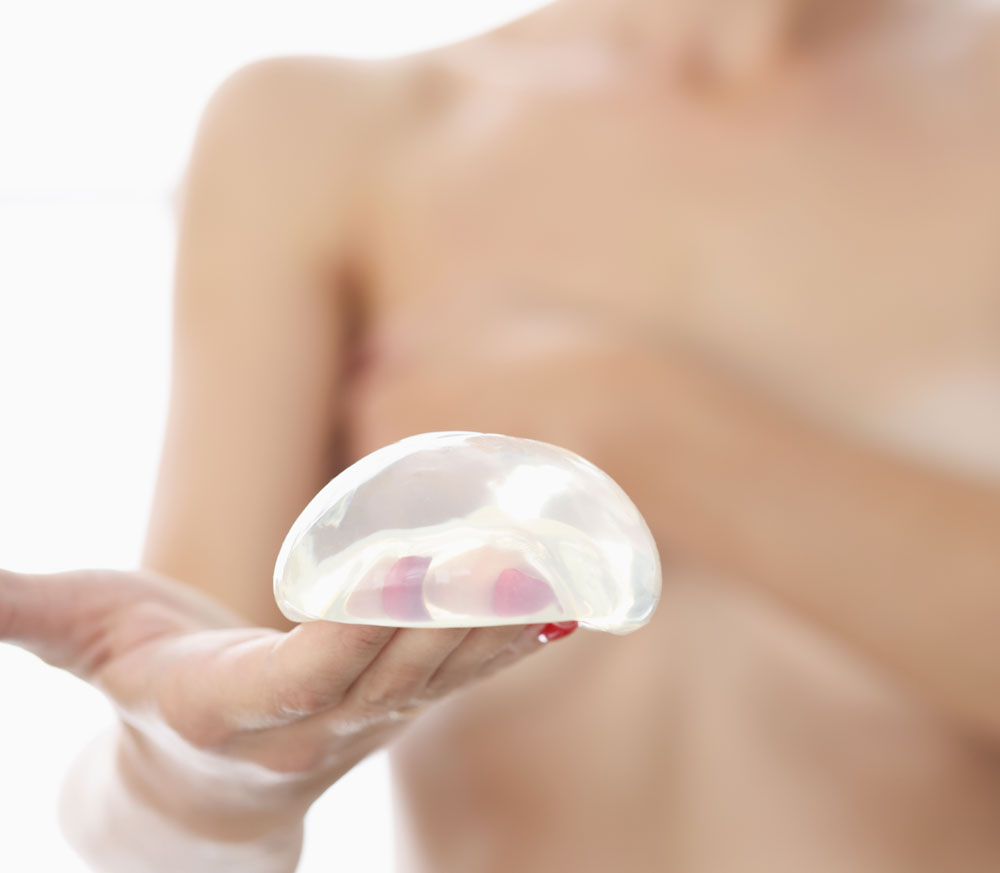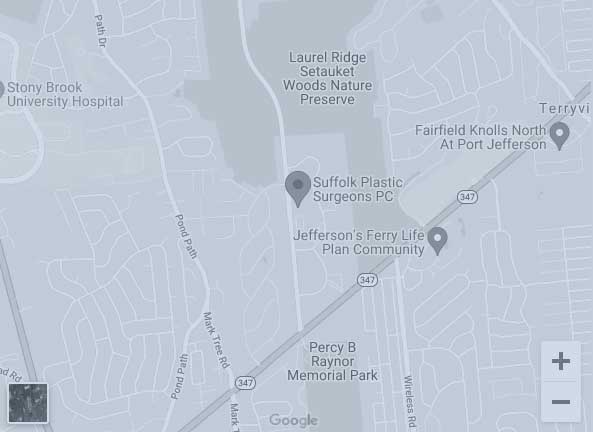Breast Procedures
Breast Reconstruction
BREAST SURGEON AND RECONSTRUCTION
 Breast reconstruction restores a natural, symmetrical appearance to the bosom, maintains body proportion, allows clothes to fit better, and most important of all, boosts self-confidence for women who have lost one or both breasts to mastectomy or who lack breasts due to a congenital or developmental abnormality. Reconstructive surgeons strive to create a new breast and nipple that resemble the woman’s natural breast as closely as possible in shape, size and position.
Breast reconstruction restores a natural, symmetrical appearance to the bosom, maintains body proportion, allows clothes to fit better, and most important of all, boosts self-confidence for women who have lost one or both breasts to mastectomy or who lack breasts due to a congenital or developmental abnormality. Reconstructive surgeons strive to create a new breast and nipple that resemble the woman’s natural breast as closely as possible in shape, size and position.
Women whose cancer seems to have been eradicated with mastectomy are the best candidates for breast reconstruction. Those with health problems such as obesity and high blood pressure and those who smoke are advised to wait. Others prefer to postpone surgery as they come to terms with having cancer, consider the extent of the procedure, or explore alternatives.
The reconstruction itself consists of multiple operations, the first of which involves creation of the breast mound and is performed during or after mastectomy in a hospital under general anesthesia. Later surgeries, if necessary, may be done in the hospital or an outpatient facility, with either general or local anesthesia.
There are several ways to reconstruct the breast, both with and without implants; your breast surgeon and plastic surgeon should work together with you in deciding which is best for you.
Procedures
The most common technique combines skin expansion with implant insertion. First, the surgeon inserts a balloon expander beneath the skin and chest muscle where the reconstructed breast will be located. A saline (salt water) solution is then injected into the expander through a tiny valve beneath the skin over a few weeks or months, eventually filling it and stretching the skin. The expander may then be left in place or replaced with an implant. A final procedure reconstructs the nipple and areola (dark area of skin around the nipple). Some patients do not require tissue expansion and begin with the implant.
DIEP Flap Procedure
A deep inferior epigastric perforator (DIEP) flap uses skin and tissue from the abdominal area to recreate the breast mound after a mastectomy procedure. In most cases, there is enough excess fat and skin in the tummy area to create a new breast mound and restore the patient’s appearance.
During the DIEP flap reconstruction procedure, an incision is made across the stomach, just below the navel, and layers of skin and fat are lifted up, similar to the technique used in a tummy tuck procedure. Along with the deep inferior epigastric perforator artery and vein, which are preserved to supply blood to the new breast tissue, the tissue flap is then moved to the breast area. The blood vessels are reattached using microsurgery and the transported skin and fat are reshaped to create a breast mound before they are sutured into place.
After the DIEP procedure, patients will likely need to stay in the hospital for three to four days so that the healing process may be monitored by your doctor and nurses. Drains can usually be removed a week after surgery, and you will likely be able to return to work after four to six weeks of rest. It is important for patients to see their doctor for regular follow-up appointments to monitor the healing of incisions and the health and appearance of the breast.
Unlike other abdominal flaps, a DIEP flap does not involve moving any muscle, and results in less pain and shorter recovery times. Patients can also benefit from a flatter and more toned abdomen after skin and fat are removed. This procedure takes longer to perform than other flap procedures, but its benefits often outweigh the extra procedure time.
After Surgery
Most patients are tired and sore for a week or two, and recovery can take up to six weeks, but you will be released from the hospital in two to five days. Stitches are taken out in a week to ten days. A surgical drain may be left in place to prevent a build-up of fluid in the reconstructed breast; this will be removed after a week or two.
The reconstructed breast will be numb following surgery, but it is possible that some sensation may return as time passes*. Scars may fade, but not disappear*. Periodic mammograms with a radiologist trained to examine breasts with implants are recommended.
Risks
Breast reconstruction has not been proven to affect the recurrence of cancer or other diseases, chemotherapy or radiation treatment.
Nevertheless, in addition to the complications possible from any surgical procedure (bleeding, fluid collection, excessive scar tissue, or difficulties with anesthesia), there are some risks inherent in breast reconstruction, including infection around the implant, if an implant is used, and capsular contracture, when the scar (capsule) around the implant tightens, causing the breast to feel hard. Treatment for capsular contracture varies from “scoring” the scar tissue to removing or replacing the implant. Some patients may need time to come to terms emotionally with their new breasts.





